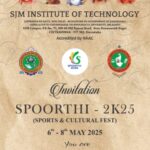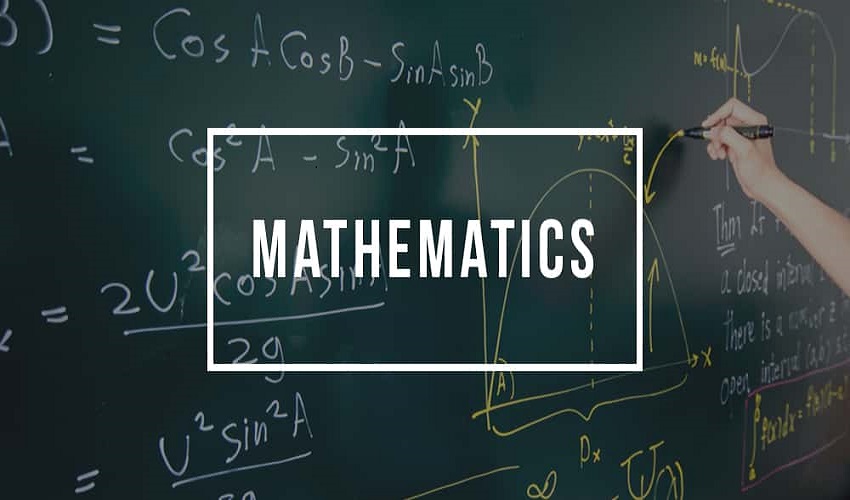 The department of Mathematics was established in the year 1980-81. The department has highly qualified and well experienced and dedicated faculty members with several research activates in the field of Fluid Mechanics, Nano- Fluids and Graph Theory etc. The department is handling Engineering Mathematics for the B.E courses. Mathematics is the mother of all subjects and it has wide scope in the field of engineering and its application.
The department of Mathematics was established in the year 1980-81. The department has highly qualified and well experienced and dedicated faculty members with several research activates in the field of Fluid Mechanics, Nano- Fluids and Graph Theory etc. The department is handling Engineering Mathematics for the B.E courses. Mathematics is the mother of all subjects and it has wide scope in the field of engineering and its application.
COURSE OUTCOMES (CO’s):
- Use partial derivatives to calculate rates of change of multivariate functions.Analyze position, velocity, and acceleration in two or three dimensions using the calculus of vector valued functions.
- Use matrices techniques for solving systems of linear equations in the different areas of Linear Algebra.
- Recognize and solve first-order ordinary differential equations,differential equations of electrical circuits, forced oscillation of mass spring and elementary heat transfer.Use Laplace transforms to determine general or complete solutions to linear ODE
- Evaluate double and triple integrals to find area , volume, mass and moment of inertia of plane and solid region. Newton’s law of cooling.
- Use curl and divergence of a vector valued functions in various applications of electricity, magnetism and fluid flows.
- Know the use of periodic signals and Fourier series to analyze circuits and system communications.
- Explain the general linear system theory for continuous-time signals and digital signal processing using the Fourier Transform and z-transform.
- Employ appropriate numerical methods to solve algebraic and transcendental equations.Solve first and second order ordinary differential equations arising in flow problems using single step and multistep numerical methods.
- Apply Green’s Theorem, Divergence Theorem and Stokes’ theorem in various applications in the field of electro-magnetic and gravitational fields and fluid flow problems.Determine the extremals of functionals and solve the simple problems of the calculus of variations.
- Understand the analyticity, potential fields, residues and poles of complex potentials in field theory and electromagnetic theory. Describe conformal and bilinear transformation arising in aero foil theory, fluid flow visualization and image processing.
- Solve problems of quantum mechanics, hydrodynamics and heat conduction by employing Bessel’s function relating to cylindrical polar coordinate systems and Legendre’s polynomials relating to spherical polar coordinate systems.
- Draw the validity of the hypothesis proposed for the given sampling distribution in accepting or rejecting the hypothesis. Determine joint probability distributions and stochastic matrix connected with the multivariable correlation problems for feasible random events.
- Define transition probability matrix of a Markov chain and solve problems related to discrete parameter random process.
Course Outcomes of 2018 Scheme……Click Here.
Course Outcomes of 2022 Scheme……Click Here.
Faculty Details |
|
Sl.No |
Faculty Name |
Designation |
Experience in Years |
Qualification |
Contact No & Email |
| 1 |
|
Associate Professor & HOD |
09 |
M.Sc, Ph.D., |
9449681090 |
| 2 |
|
Assistant Professor |
03 |
M.Sc., |
thanushreebr@sjmit.ac.in |
| 3 |
|
Assistant Professor |
01 |
M.Sc., |
poojakn@sjmit.ac.in |
| 4 |
|
Assistant Professor |
01 |
M.Sc., |
ramyakv@sjmit.ac.in |

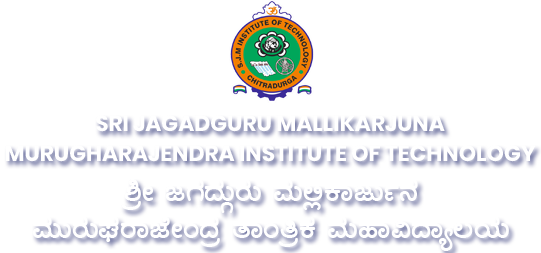
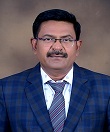 Dr.Lokesh H J
Dr.Lokesh H J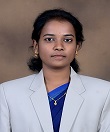 Prof. Thanushree B R
Prof. Thanushree B R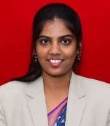 Prof. Pooja K N
Prof. Pooja K N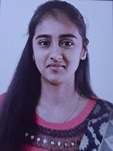 Prof.Ramya K V
Prof.Ramya K V
